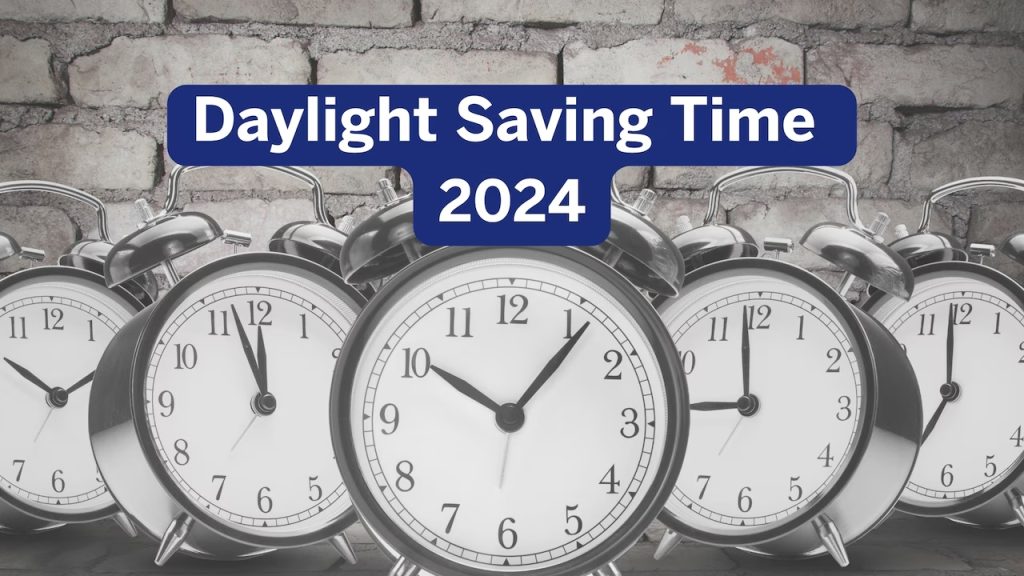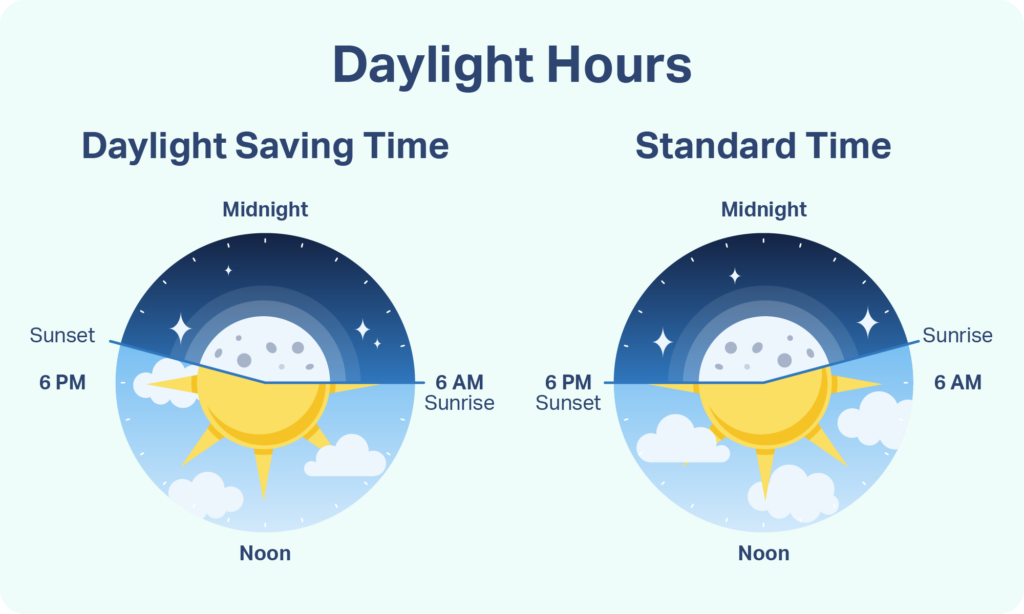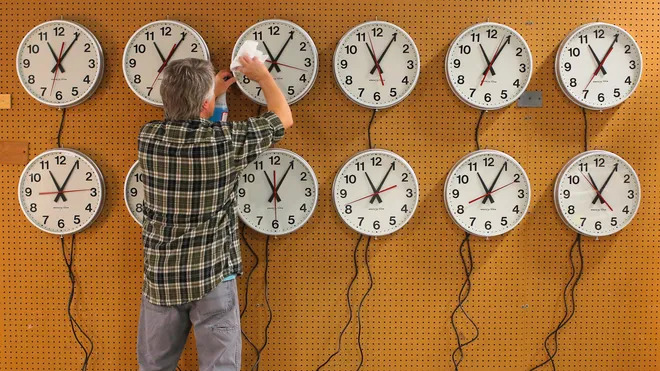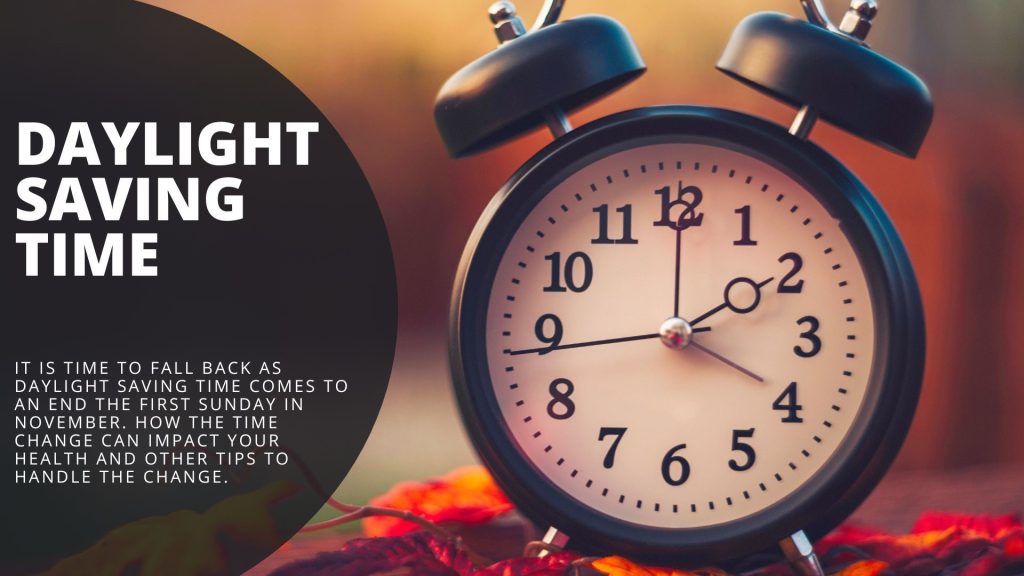No products in the cart.
World News
Understanding Daylight Saving Time: What Changes as Clocks “Fall Back”?
What Is Daylight Saving Time (DST)?
Daylight Saving Time (DST) is a widely adopted practice in which clocks are set forward by one hour in spring and reverted in the fall. This shift is primarily intended to optimize daylight hours, thereby promoting productivity and energy savings. In the U.S., DST begins on the second Sunday of March and ends on the first Sunday of November. As we approach November 3, 2024, Americans prepare to adjust their clocks back by one hour, offering an “extra” hour of rest and marking the transition into shorter daylight periods during winter.

Historical Origins of Daylight Saving
The concept of daylight saving has roots dating back to 1784 when Benjamin Franklin humorously proposed the idea to save candles. However, it wasn’t until the 20th century that DST gained traction. Germany first implemented it during World War I as a means to conserve energy. In the U.S., the Uniform Time Act of 1966 standardized DST, though exceptions exist. Currently, states like Hawaii and Arizona, along with U.S. territories such as Puerto Rico and Guam, do not observe DST, highlighting the regional variations in adoption.
Health Impacts of the Time Shift
Switching clocks can disrupt sleep patterns, especially when “springing forward” in March. Research indicates that these disruptions may increase risks related to sleep disorders, heart issues, and mental health challenges. Gaining an hour in the fall has a less pronounced effect, yet it may still impact individuals with fixed routines. Studies from institutions like the National Institutes of Health (NIH) emphasize the role of consistent sleep schedules in promoting well-being. Adjusting routines before the time shift can help mitigate negative health impacts associated with DST transitions.

Debates Surrounding the Need for DST
DST’s relevance is frequently debated. Advocates argue that extending daylight in the evening promotes outdoor activity, enhances safety, and reduces energy consumption. However, some studies challenge the energy savings, suggesting that modern technology and lighting render DST less beneficial. In recent years, U.S. legislators have introduced bills to make DST permanent, citing the health and lifestyle benefits of consistent timekeeping. Proponents believe that such changes could simplify schedules and improve public health, while opponents fear potential drawbacks in terms of morning darkness in winter.

Future of Daylight Saving Time
The future of DST remains uncertain, as the concept faces increasing scrutiny. In Europe, countries under the European Union are considering discontinuing DST, while the U.S. Senate has occasionally deliberated on similar measures. The “Sunshine Protection Act,” for instance, proposes year-round DST in the U.S., though it has yet to be widely enacted. As more regions debate the pros and cons, the potential for a unified approach to timekeeping may emerge, reshaping our understanding of time management and seasonal adaptation.
From Viraldes


